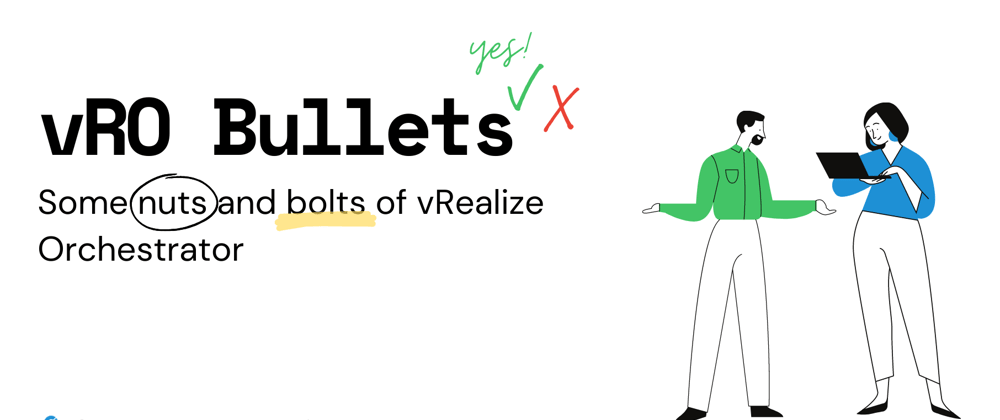- Encrypted Strings: Before being stored in vRO’s database, the AES-CBC algorithm is used to encrypt the contents of the string. (AES here on Wikipedia). An Initialization Vector (IV) is used as a key to encrypt and decrypt the data.
- Two XML parsers are available in vRealize Orchestrator: DOM (legacy) and E4X (dot notation). However, it is strongly recommended to use only E4X. Note: This parser is now deprecated by Mozilla foundation, but as the Rhino engine version used by vRealize Orchestrator is not the latest version, it is safe to use it.
- Orchestrator runs the code in scriptable task elements in a context that is not the Rhino root context. Orchestrator transparently wraps scriptable task elements and actions into JavaScript functions, which it then runs. A scriptable task element that contains
System.log(this);does not display the global object this in the same way as a standard Rhino implementation does. - You can only call actions that return nonserializable objects from scripting, and not from workflows. To call an action that returns a nonserializable object, you must write a scriptable task element that calls the action by using the
System.getModule("module.name").action_name()method. - For intensive Presentation Layer operations, there is a cache that you can use to put something into cache or retrieve from cache, this improves performance at an incremental scale. Methods that can be used to access cache are
putInCache&getFromCache. - For workflows that require pausing or sleeping: For short sleeps, you only need to do a System.sleep() to avoid serializing and deserializing the workflow inputs, attributes, and so on. -> Consumes Mem & CPU cycles for waiting. Sleeping for an extended period of time should be done with a Workflow sleep, by using a Waiting Timer versus a sleep within a scriptable task. -> Saves WF state in vRO Database while waiting.
- XML type is not automatically serialized by vRealize Orchestrator between workflows or actions, it must be converted to string before being used as output of a workflow.
var xmlString = xmlObj.toXMLString(); - Command-Line Utility: You can use the Orchestrator command-line utility to automate the Orchestrator configuration. Access the command-line utility by logging in to the Orchestrator Appliance as root over SSH. The utility is located in
/var/lib/vco/tools/configuration-cli/bin. To see the available configuration options, run./vro-configure.sh --help. - vRealize Orchestrator is bundled with a fluentd-based logging agent. The agent collects and stores logs so that they can be included in a log bundle and examined later. You can configure the logging agent to continuously forward vRealize Orchestrator logs to vRLI/Syslog servers by using the supplied vracli command line utility (
vracli vrli --help). - vRealize Orchestrator now ships with cryptographic modules that have successfully passed NIST FIPS 140-2 Cryptographic Module Validation Program (CMVP) testing. When these modules are configured to run in ‘FIPS-mode’, they will cover all cryptographic operations in the product that perform a security function and/or process sensitive data.
- The maximum size for a Resource Element in vRealize Orchestrator is 16 MB.
This article is copied from https://cloudblogger.co.in/







Top comments (0)